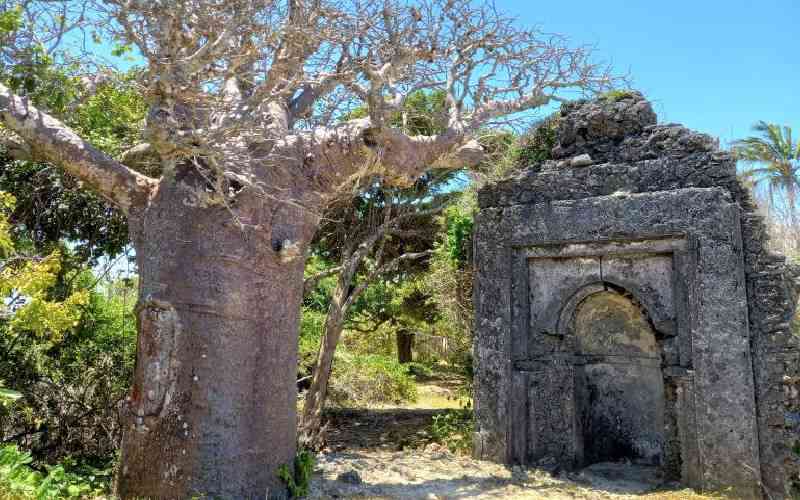×
The Standard e-Paper
Smart Minds Choose Us

The unrelenting waves crashed against the rocky outcrops on the edge of the Indian Ocean at regular intervals.
Above us, palm fronds heaved in the wind, acting like giant air conditioners that dissipated the humid air in all directions.